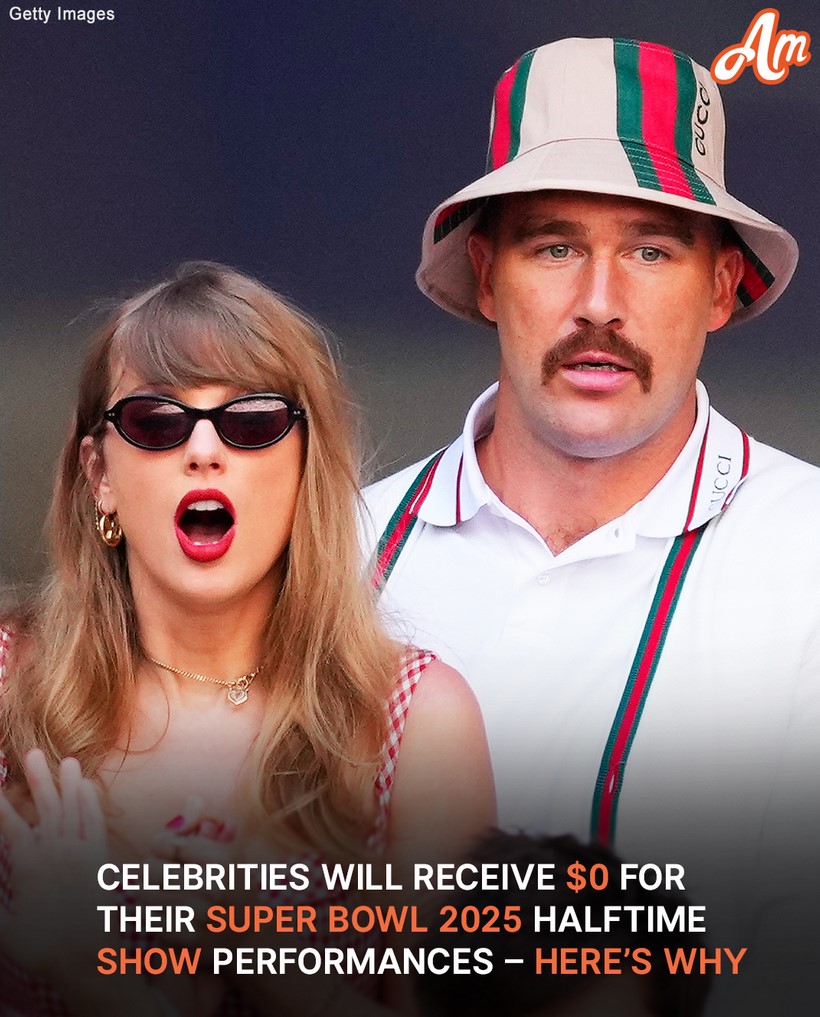The Super Bowl halftime show is one of the most prestigious stages in the entertainment industry, drawing some of the biggest names in music and attracting millions of viewers worldwide. Despite the grandeur and exposure, performers do not receive a paycheck for their participation. Instead, the event offers unparalleled career benefits that extend far beyond monetary compensation. What started as a simple intermission to keep fans engaged during the game has evolved into a spectacle of its own. The transformation became undeniable in 1993 when Michael Jackson’s performance garnered more viewers than the game itself, proving that the halftime show had become as significant as the Super Bowl. Since then, every year’s performance has been highly anticipated, featuring iconic moments that shape pop culture.

Super Bowl LIX, set for February 9, 2025, at Caesars Superdome, is expected to follow suit. Kendrick Lamar was announced as the headliner in September 2024, and Apple Music later confirmed that Grammy-winning artist SZA would join him on stage. In addition to the halftime show, Louisiana talent will also be highlighted, with jazz musician Jon Batiste performing the national anthem before kickoff. The five-time Grammy winner expressed his excitement about creating a rendition that stands the test of time. While he remained reserved about potential collaborations with Lamar, he emphasized the event’s theme of unity, saying, “It’s all about togetherness. That’s the key.”
Despite the scale of the event, halftime performers do not receive direct payment. It may seem surprising that artists of Lamar’s caliber would perform for free, but the value of the Super Bowl stage is immeasurable. Entertainment attorney Lori Landew explains that artists view the show as an opportunity to make a statement—whether through their music, outfits, collaborations, or on-stage gestures. Some choose to incorporate political or cultural themes, while others simply use the moment to entertain a massive audience. According to Landew, securing a halftime spot remains one of the most coveted achievements in the music industry.
The Super Bowl halftime show’s value is evident in its global reach. With over 100 million viewers, the exposure artists receive is unmatched. The NFL has even considered whether performers should pay for the privilege of being featured. When Beyoncé performed in 2013, production costs reportedly reached $600,000. More recent estimates suggest that halftime production budgets can soar as high as $10 million, though these figures remain debatable. At one point, Katy Perry was approached with the idea of paying for her performance, but she declined, saying she did not want an asterisk by her name for playing the Super Bowl. Even without direct financial compensation, Perry’s career skyrocketed following her performance, with endorsement deals and industry recognition multiplying.
The impact of a Super Bowl halftime performance extends far beyond a single night. Many artists experience dramatic increases in music sales and streaming figures. Following their 2020 performance, Jennifer Lopez and Shakira saw their music skyrocket in popularity—Shakira’s streams surged by 230 percent, while Lopez’s increased by 335 percent. Digital sales spiked 893 percent, with their most famous hits receiving the biggest boost. The financial advantages go beyond streaming numbers. Marketing expert Sheri Lambert describes the Super Bowl halftime show as a “marketing partnership rather than just a performance.” The event provides artists with global exposure that leads to increased ticket sales, brand collaborations, and even film opportunities. Rihanna’s 2023 halftime show demonstrated this perfectly when she seamlessly promoted her Fenty Beauty brand by reapplying makeup mid-performance. The viral moment led to a significant surge in product sales and brand visibility.
However, not every artist jumps at the chance to perform on such a massive stage. While the exposure is invaluable, the performance comes with immense scrutiny. Some artists decline the invitation, concerned about the overwhelming praise and criticism that inevitably follow. Janet Jackson’s infamous 2004 halftime show remains a prime example of how a performance can define an artist’s career in unexpected ways. Despite the risks, the Super Bowl halftime show remains one of the most coveted platforms in entertainment, offering career-defining opportunities. Beyond music, it is a powerful marketing tool, with viral moments like Rihanna’s Fenty Beauty promotion proving its commercial impact. While performing on such a stage can elevate an artist’s career, it also comes with the burden of public scrutiny. Still, for most artists, the chance to be part of such a historic event outweighs the risks, reinforcing the enduring power of live performance and global entertainment.





